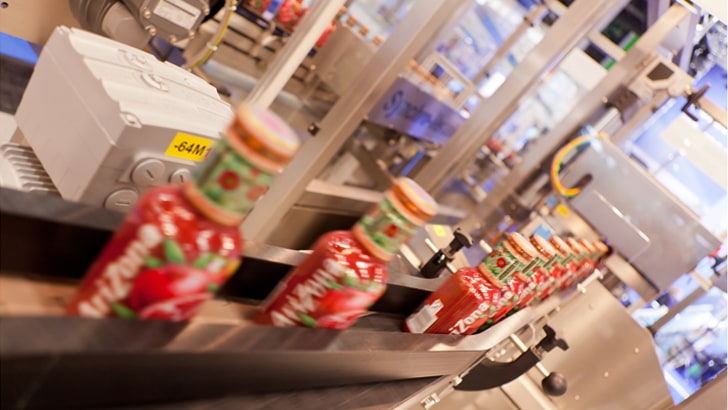
The risks deriving from the globalisation of the food chain is probably one of the hottest topics in the food sector, both in the European Union and in the United States, especially relating to the import/export of food products. The recent global food scandals (such as the “horsemeat” or “Horsegate” affair) have highlighted, on the one side, some loophole in the control of the supply chain from the major food companies, and on the other side some flaws in the official control system.
The legal framework that regulates import activities is very complex, but in EU, for instance, it is not always fully enforced by the border posts and by all EU member states. This lack in uniformity and implementation, often due to the absence of technical and financial resources, led to the quick spread of food safety issues; especially when one or more global corporations are involved, the problem could rapidly involve several countries in different continents. And that could not be ignored, on either side of the Atlantic Ocean.
The European food law came as a reaction to the first global food scandal of the modern era; the “BSE” or “mad cow” disease outbreak, and the publication of the Regulation CE 178/2002 (also called “General Food Law”), was a great step towards the construction of a coherent food safety system; anyway, in light of successive accidents, like the Melamine scandal in 2008, the E.Coli outbreak from Germany in 2011, and now “horsemeat”, it becomes clear that a reactive system is no more sufficient.
Nowadays in Europe, as well as in the United States, the model is shifting from “reaction” to “prevention”, especially regarding food import/export. One of the main reasons is the impossibility of making a physical check of all items at the border: it has been estimated that the US Authorities check 1-2% of food consignments, and the European authorities 3-5%.
The EU Commission has recently launched a programme named Smarter Rules for Safer Food. It mainly consists of new regulation proposals for official controls, and tries to unify and rationalise the former legislative framework, repealing several old regulations and directives. It could be effective from 2016. Key elements will include:
- equivalence principle;
- risk-based approach on controls;
- more third country inspections by the EU Commission and the Food and Veterinary Office;
- optimization of the resources;
- Common Health Entry Document (CHED) to simplify the import documental procedures;
- reinforcement of TRACES, an informatics system used to record veterinary checks on the borders;
- more co-operation and transparency in the food chain;
- dissuasive sanctions, especially for fraud, at least of the same entity of the profits from frauds.
The same way seem to be pursued by the United States, with the implementation of the Food Safety Modernization Act (or “FSMA”, the most radical reform of the US Food System in the last 70 years, launched in 2011 by the Obama Administration). They are shifting towards a very similar paradigm, based on prevention, risk based approach, and FDA strong powers of inspection in third countries.
Under the Foreign Supplier Verification Program (FSVP) regulations, implementing the section 301 of FSMA, importers would be the first responsible of the food sold in US and they would be required to perform certain risk-based activities to verify that food imported has been produced in a manner that provides the same level of public health protection as that required of domestic food producers.
The concept of “same level of public health protection” in the European legislation could be found in the art. 11 of the Reg. CE 178/2002, settling down the principle of equivalence, founding stone of the EU import system:
“Food and feed imported into the Community for placing in the market within the Community, shall comply with the relevant requirements of food law or conditions recognised by the Community to be at least equivalent thereto or, where a specific agreement exists between the Community and the exporting country, with requirements contained therein”
It’s very similar to the basic requirement needed to import food in US, but the problem is that “equivalence” it’s a wide concept, which recalls in our minds the “adequate level of protection” invoked in several WTO/SPS disputes between US and EU (ie, growth hormones).
The European Commission is very proud to remark that in EU we have the best “food safety system in the world” and – true or not – meeting those standards could be very challenging, not only for developing countries, but also for big players like the US companies.
Now that EU and US are negotiating the transatlantic trade deal, if they cannot put aside the old trade disputes related to the food sector, it could be very tricky to establish common standards, and the above mentioned instruments could become in a short time non-tariff trade barriers (NTB).
To equate to this emerging models, and avoid being caught in global food issues, what can companies do? They could put the focus on prevention, reinforce traceability records and the controls on the supply chain, implement strong auditing activity, build a culture of trust and transparency, and become really aware that whoever commercialises the product is the first responsible for its compliance; so, if you want to really protect your brand, you can no more shift the blame onto your supply chain.
Cesare Varallo is a food lawyer and founder of foodlawlatest.com
